Last Updated on: 14th November 2023, 10:33 am
#1 pick from Athens
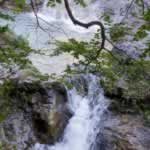
Mount Olympus & Dion day trip from Athens
- ☑ Day trip by train to save you from driving for hours
- ☑ Expert guide included
- ☑ Landmarks: Dion, Platamonas Castle, Enipeas Waterfall on Mt. Olympus, Litochoro
- ☑ Admission tickets to Dion and Platamon Castle not included
- ☑ Duration: 13 hours
- âï¸Rating: 4.5 out of 5 stars (16 reviews)
#1 pick from Thessaloniki
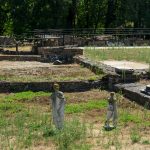
Mount Olympus & Dion day trip from Thessaloniki
- ☑ Day trip by bus with A/C
- ☑ Expert guide included
- ☑ Landmarks: Dion, Old Panteleimon village on Mt. Olympus
- ☑ Admission tickets to Dion not included (8 Euro)
- ☑ Duration: 9 hours
- âï¸Rating: 4.5 out of 5 stars (16 reviews)
Main Topics of Mount Olympus Greece: Mythology, Location, Climbing
Known worldwide as the mythical home of the Greek gods in ancient times, Mount Olympus is also Greece’s highest peak at 2,918 meters (9,573 ft).
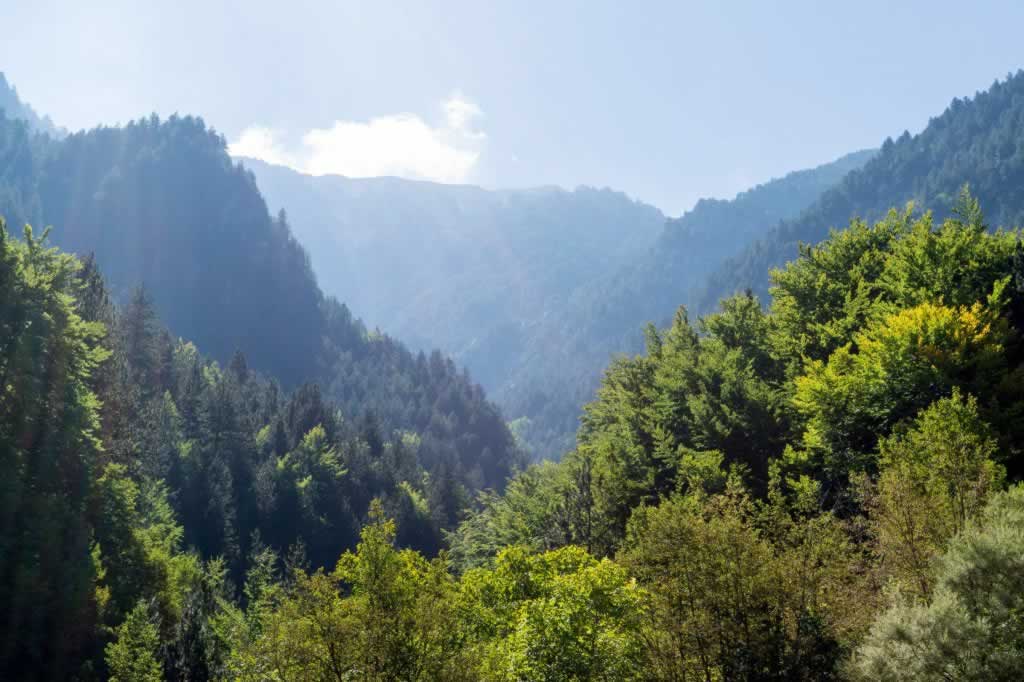
Beyond its significance in Greek mythology, Mount Olympus is a renowned natural site, popular hiking and mountaineering destination, and a UNESCO Biosphere Reserve. Every summer, thousands of tourists head to Prionia, leave their cars in the parking lot and take a nice hike along the scenic forest paths of the Olympus Mountain.
This article will explore the mythology, location, geology, biodiversity, climate, history, and climbing routes of the storied Mount Olympus in Greece.
Mythology of Mount Olympus
In Greek mythology, the Olympus mountain was home to the Twelve Olympian gods who ruled over the world from its divine peaks.
According to legend, Zeus overthrew his father Cronus and then divided rule over the cosmos with his siblings. Zeus took his place as the king of gods and ruled from his throne atop Mount Olympus.
In addition to Zeus, the other major Greek gods like Hera, Athena, Apollo, Artemis, Poseidon, Hermes, Hephaestus, Ares, Aphrodite, Demeter, and Dionysus were said to dwell on Mount Olympus in palaces made of gold and precious stones.
The muses, minor gods, and mythical creatures were also residents on the mountain. Myths tell tales of the gods feasting, plotting, and celebrating on Olympus. Many rituals and solstice festivals took place to honor the gods who lived on the mountain.
In Homer’s epic poems the Iliad and the Odyssey, Mount Olympus features prominently as the home of the gods. The hero Odysseus visits Olympus in the Odyssey to meet with Athena and Zeus. Myths also tell of mortals like Hercules who were granted access to Mount Olympus. Over millennia, Mount Olympus remained a sacred place in the Greek cultural imagination as the mythical site of the Twelve Olympians.
Location and Geology of Olympus Mountain
Mount Olympus is real. It is located in northeastern Greece about 100 km southwest of Thessaloniki. It sits along the borders between Macedonia and Thessaly regions.
The Mount Olympus massif counts 52 peaks, deep gorges, and steep cliffs.
There are three main summits:
- Mytikas which is the highest point at 2,918 meters
- Skolio, with a height of 2,911 meters
- Stefani, which peaks at 2,909 meters.
Geologically, Mount Olympus is composed primarily of limestone and dolomite rock formed millions of years ago as seabeds from an ancient ocean.
Tectonic shifts later thrust the limestone upward to form the tall peaks. Because the mountain sits so close to the sea, the high elevations lead to unique local climate conditions and biodiversity compared to surrounding areas.
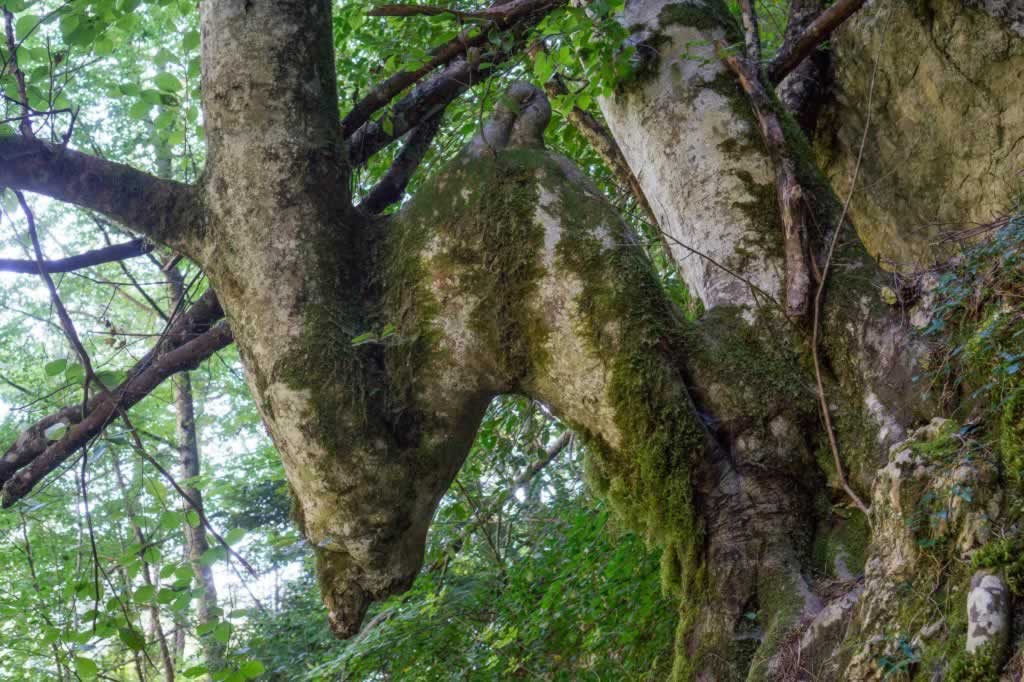
Biodiversity and Climate
Due to the wide elevation range from valleys to summits, Mount Olympus has alpine, forest, and Mediterranean ecosystems.
At high elevations, the climate is cold and windy with short, dry summers and long winters. Alpine grasslands and rocky cliffs dominate the mountain peak zones.
At middle elevations, deciduous and coniferous forests become denser with trees like fir, spruce, beech, and rare Bosnian pines. Lower elevations have Mediterranean shrubs, oaks, and beach forests.
Wildlife is abundant and includes wolves, jackals, deer, wild boars, martens, bears, squirrels, foxes, rabbits, eagles, vultures, bats, and more. The diversity of ecosystems even allows some subtropical species to thrive.
Don’t imagine that you’re going to be surrounded by wolves and jackals as soon as you’ll step on the paths of Olympus mountain. Lizards and butterflies are more common encounters. That’s the kind of wildlife I encountered on my two Olympus mountain climbing attempts.
The uniqueness and biodiversity of Mount Olympus ecosystems earned it designation as a UNESCO Biosphere Reserve in 1981.
Climbing Olympus Mountain & Hiking Routes
As the highest peak in Greece, Mount Olympus is a popular hiking and mountaineering destination today. The main summit, Mytikas is considered one of the most difficult natural climbs in Europe.
The fact that climbing the Olympus mountain in Greece is a difficult endeavor doesn’t mean less experienced hikers can’t enjoy the great outdoors. You don’t need to climb to the peak, if you don’t have the skills and the time for that. A day trip from neighboring seaside resorts would allow you to take a glimpse into the wonderful biodiversity of this mountain.
Climbing to the Top of Mt. Olympus via Prionia or Gortsia
Most climbers access the mountain from the town of Litochoro on the eastern slopes. Routes range from day hikes to multi day expeditions.
If you want to enjoy both beach time and mountain climbing, you can stay in Nei Pori or Olympic Beach. There’s also Litochoro Plaka near the sea, but the only accommodation is a camp site. If you want apartments or hotels, you have to check out other resorts in the area.
The Olympus mountain has a plateau at 2700m. Trailheads that lead to this plateau, known as the Plateau of Muses, are of moderate difficulty, without any exposed areas.
The route from Prionia to Skala and Mytikas is almost 20 km long and it requires over 10 hours of hiking.
The route from Gortsia is 24 km long, with an elevation gain of 1787 m. It takes about 10.5 hours to complete.
The first hours of both trailheads you’ll walk through the forest. If that’s all that you want to do, stop when the ascent starts to be steeper. That’s going to be in a couple of hours or so from Prionia. From Gortsia, you’ll be able to enjoy a milder ascent through the forest for about 2.5 hours, as far as I remember. I never went further, so you’ll need to do more research before your trip.
Whatever your chosen route, keep in mind that the route to the plateau is a strenuous one. You’d better be fit and wear proper mountaineering equipment such as high rise boots, hiking poles, long pants and rain protection gear.
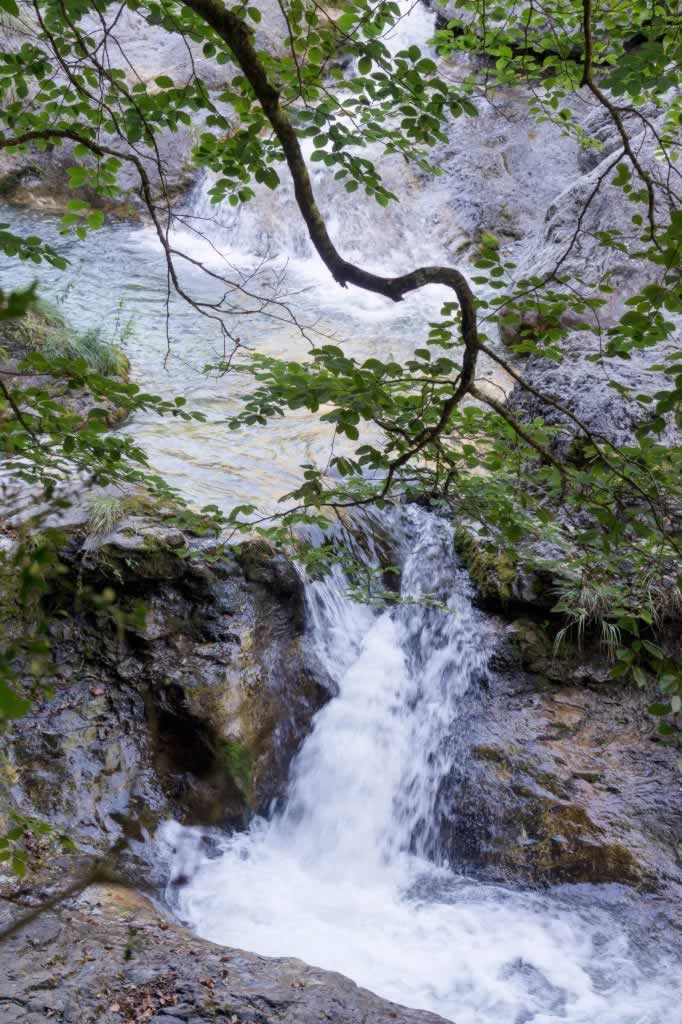
Enipeas Gorge & The Old Dionysios Monastery: Easy Hike from Litochoro
The Old Dyonisios Monastery sits at 850m altitude, about 17km from Litochoro. You can either walkthe Enipeas Gorge from Litochoro or drive to the monastery.
The monastery has been destroyed during WWII, but it is still a beautiful place to see.
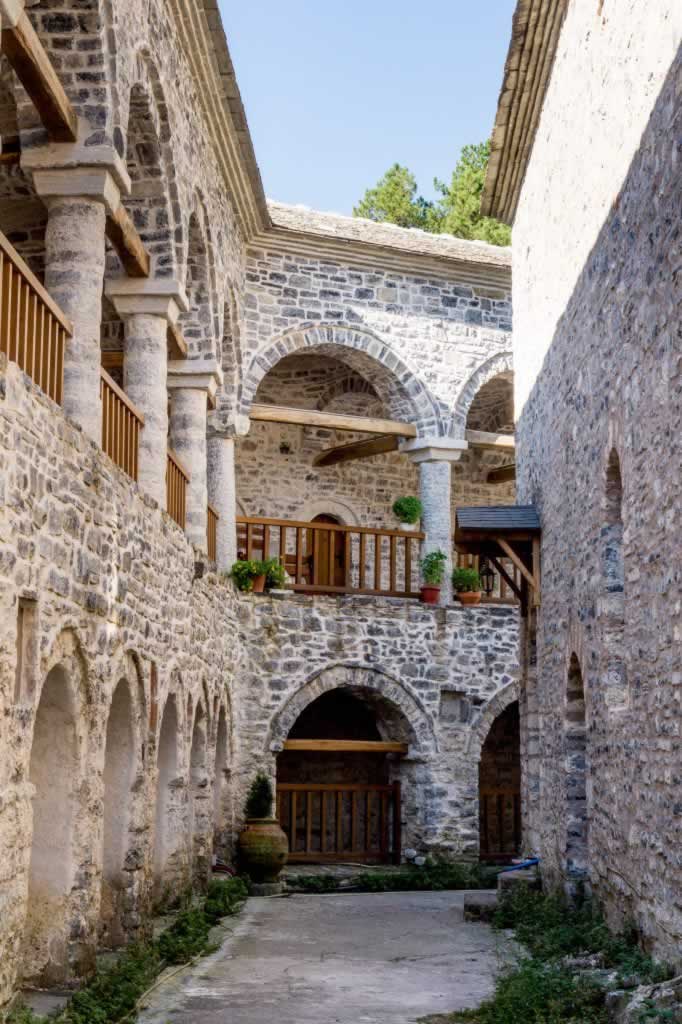
From the ruins of the old monastery, take the E4 trail to go to the chapel in the rock. That’s a 20-30 minutes easy walk.
Also from the Old Dyonisios Monastery, you only need to walk for 10 minutes to get to a very nice waterfall.
Keep climbing from the monastery and you’ll eventually get to Prionia, the highest point where cars can go on Mount Olympus.
At Prionia there’s a big car park and a restaurant. Try their kid soup, it is amazing!
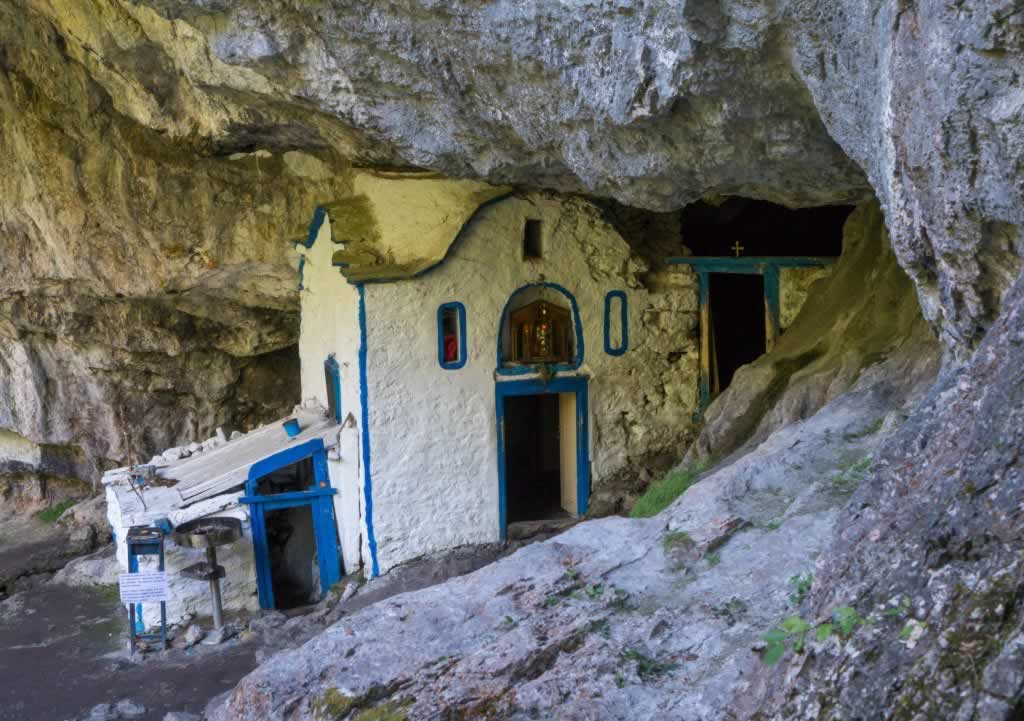
Related articles:
-
Greece Captions & Quotes To Spice Up Your Instagram
 -
Olympic Beach, Greece: Best for Outdoors
-
6 Off-the-Beaten-Path Greek Islands You Should Visit in 2024
-
Day Trips from Athens that Will Make You Want To Return to Greece
-
Things To Do in Athens, Greece, in Two Days
-
How To Find the Best 5 Chania Beaches
-
Jumping Insect – Grasshopper Just Before the Big Leap
- How To Get to Thassos Island
-
Your Guide to Corfu Beaches, Ferries & more
-
Meteora Monasteries Sunset: One of the Best Experiences in Greece
- Dingli Cliffs: How To Visit Malta’s Highest Point - April 24, 2024
- Blue Grotto Malta - April 23, 2024
- Ramla Beach Gozo, Maybe the Best in Malta - April 9, 2024

